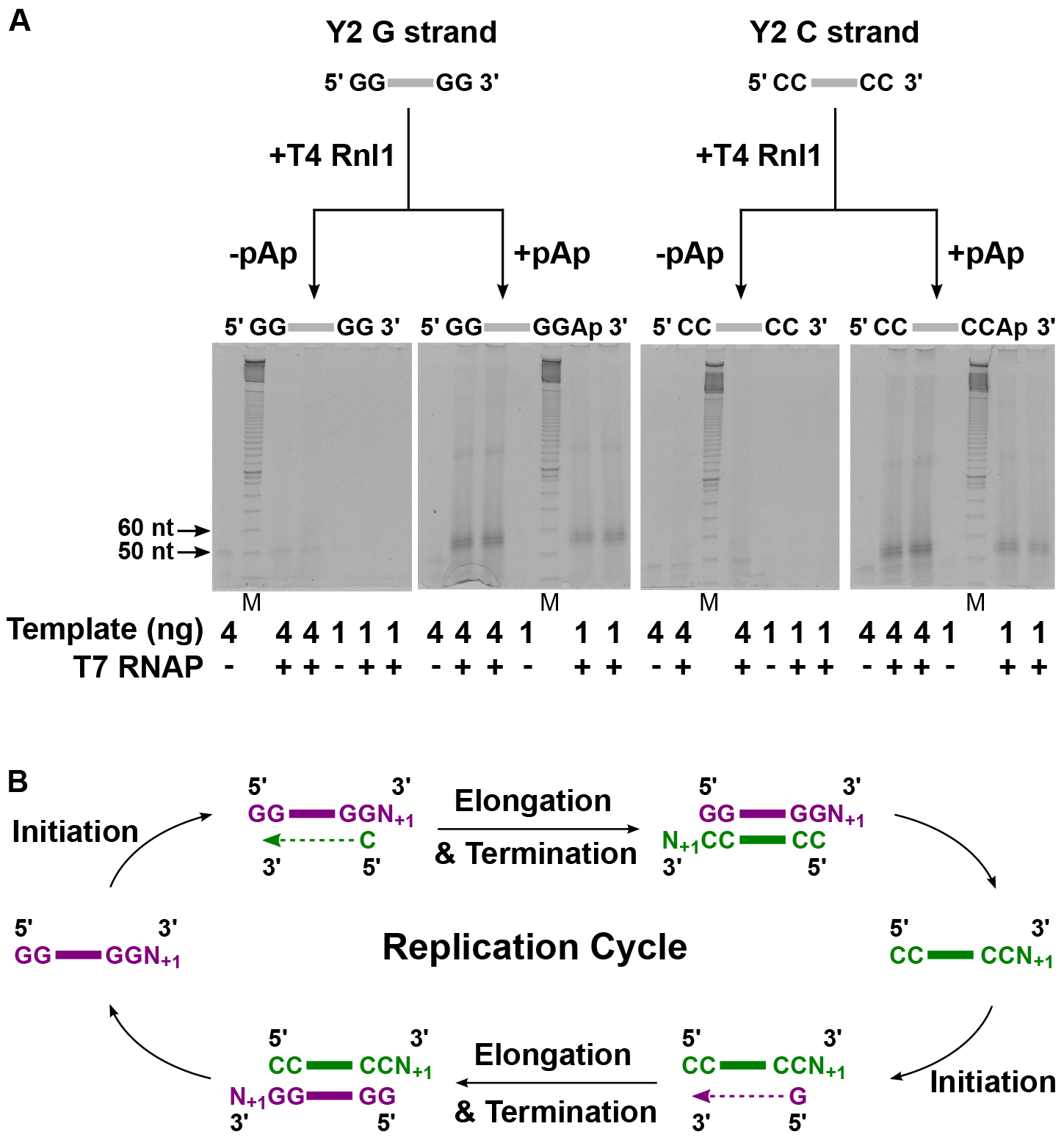Fig. 2. 3’ nucleotide additions to G and C strand templates are required for efficient RNA synthesis by T7 RNAP.

(A) Gel-based assay showing increased T7 RNAP reaction products after T4 RNA ligase 1 (T4Rnl1)-catalyzed addition of pAp (adenosine 3’,5’-diphosphate) to the Y2 RNA G and C strands. M = marker (denatured 10 base-pair DNA ladder), nt = nucleotides, ng = nanograms. All gels were processed in parallel. (B) Increased RNA synthesis by T7 RNAP upon addition of 3’ nucleotide extensions to templates and the lack of copying of the 3’ nucleotide extensions during RNA product generation (figs. S6C and S7), suggest a subterminal de novo initiation model. In this model, T7 RNAP de novo initiates at a template position upstream of the 3’ nucleotide extension, and regenerates template molecules by adding 3’ nucleotide extensions to RNA products. N+1 denotes one or a few extra nucleotides at the 3’ end. Purple = G strand with 3’ nucleotide extension, Green = C strand with 3’ nucleotide extension.
